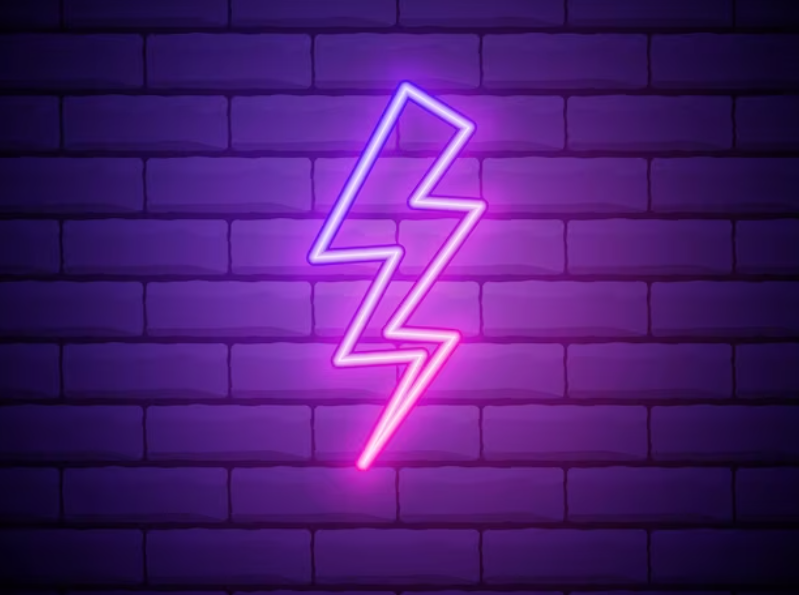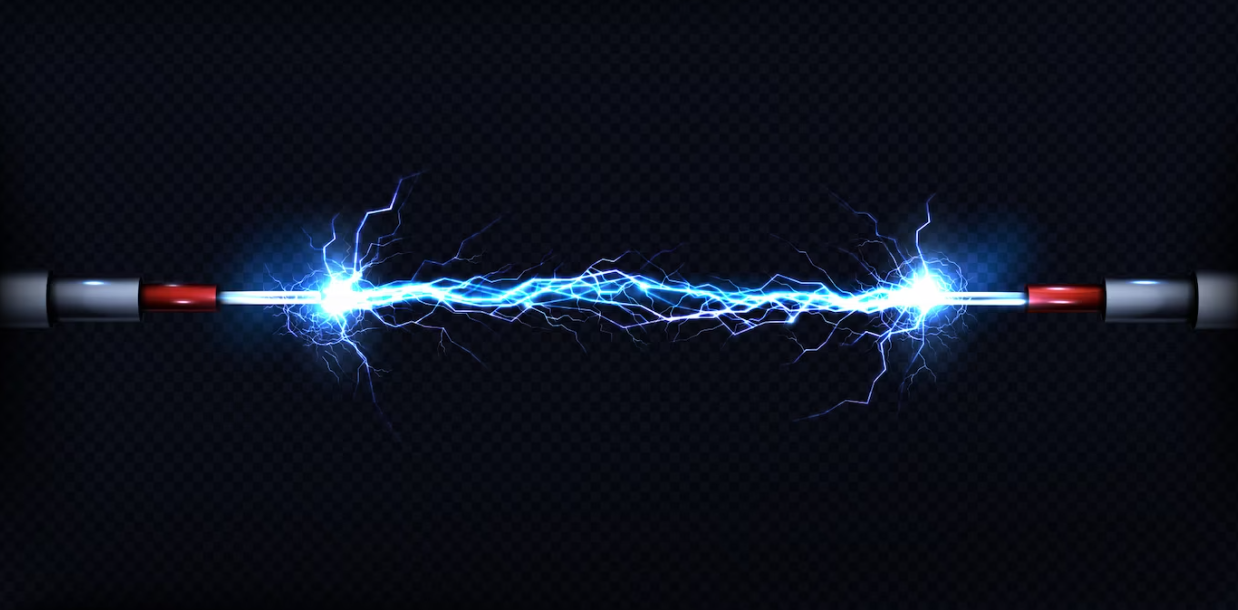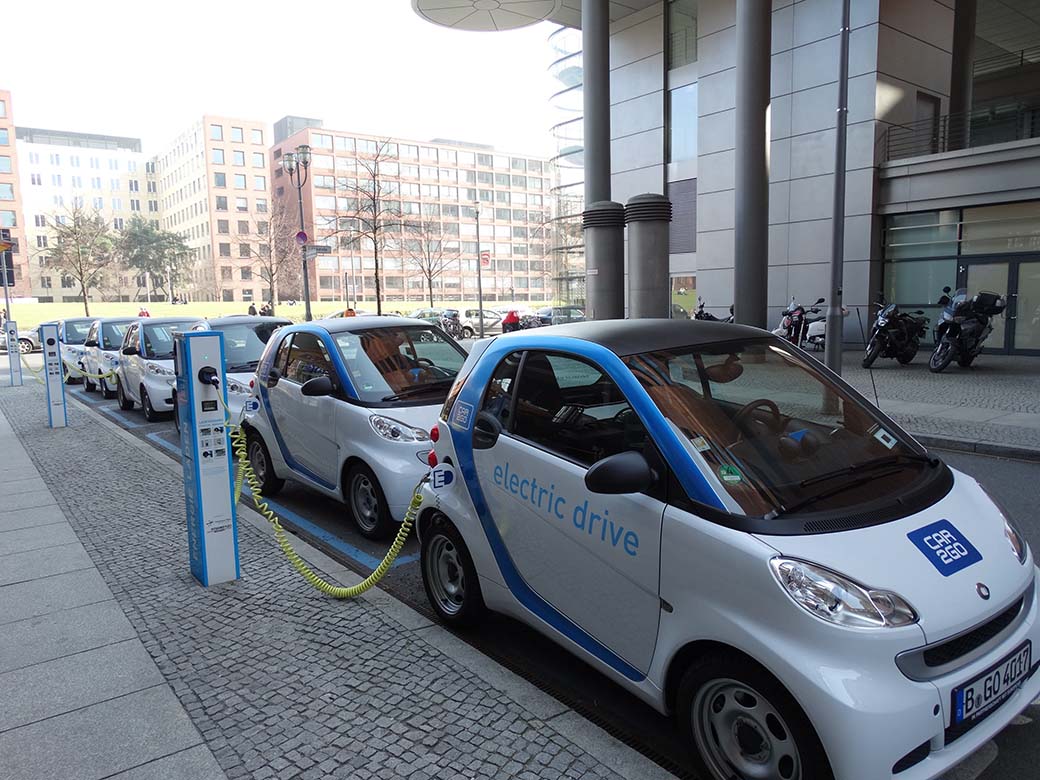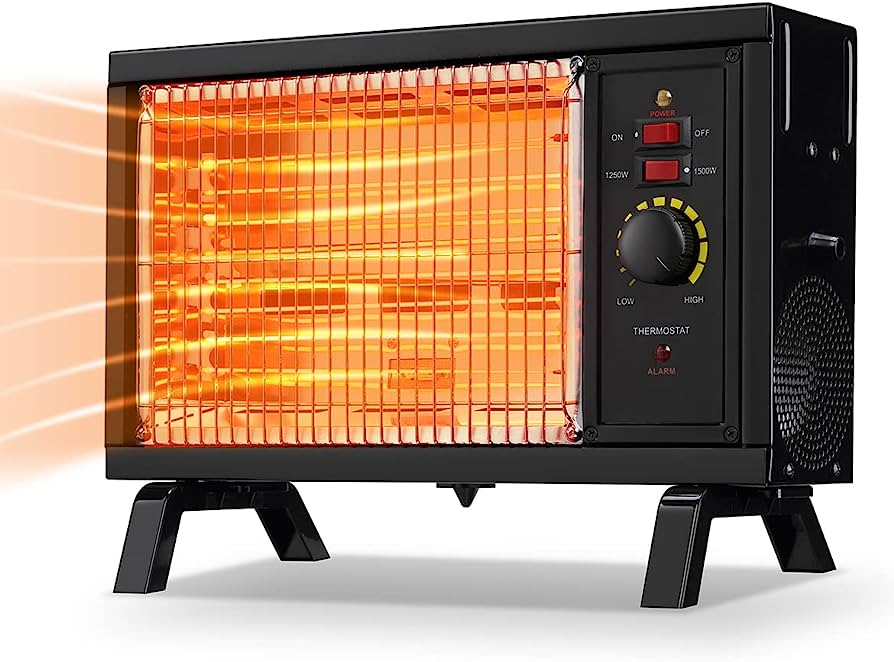Imagine if I were to ask you, “What color do you associate with electricity?” It’s highly likely that over 90% of you would provide the same answer. However, is that truly the color of electricity? Does electricity even have a color? When you ponder it, you might not be entirely certain. The influence of movies and TV shows, particularly those featuring electrically powered superheroes shooting lightning from their hands, only adds to the confusion. Let’s delve into this intriguing topic and uncover the real color of electricity.
Decoding the Color of Electricity
Electricity is often associated with the color blue, primarily due to its interaction with electrons in the air. However, other colors have also been used to symbolize electricity in various contexts. White is commonly used to depict lightning, creating a vibrant contrast against a black or darkened sky, evoking a sense of flash and brightness. Yellow finds popularity in media, especially in video games featuring different elements. As fire represents red and water or ice represents blue, yellow is assigned to lightning and electricity as the third primary color, aiding in differentiation. Pikachu, the renowned electric character, contributes to this thinking as well, alongside other yellow electric Pokémon.
Your perception of electricity’s color may vary depending on the media you encounter and your real-life experiences. Nevertheless, blue remains the color most closely associated with electricity due to the natural air’s reaction to its charge.
Unraveling the True Color of Electricity
Electricity possesses no inherent color as it is essentially invisible. Our perception of electricity stems from observing the energy’s impact as it courses through objects. However, electricity doesn’t consistently manifest reactions, which highlights the peril of electrified water.
For an entity to exhibit a color, it must either emit light or reflect it, and electricity accomplishes neither. It merely represents the movement of charge and doesn’t have a tangible form. Although the charge can interact with materials to produce light in lightbulbs or as it discharges rapidly through the air, these instances do not involve electricity itself generating a color.
The Phenomenon of Blue Electric Sparks
When a sufficient amount of voltage passes into the air, sparks manifest as blue. This occurs due to the electrical excitation of molecules in the air, leading to the formation of numerous ionized nitrogen ions, given that nitrogen is the primary element in the air. The wavelength of the light emitted by these charged nitrogen ions is in the blue spectrum, hence the blue color of sparks.
It’s essential to note that the color you perceive in sparks is not the color of electricity itself but rather the color of the charged ions in the air that have been affected by the electrical charge. This holds true when witnessing electrical arcs, as the sudden voltage surge causes nitrogen ions in the vicinity to become supercharged, resulting in a striking blue appearance.
Why is Static Electricity Blue?
Similar to all other forms of electricity, static electricity remains colorless as it constitutes a moving charge rather than a physical object. Nevertheless, it triggers a reaction in the air, primarily composed of nitrogen particles, resulting in a blue-violet appearance.
Ordinarily, static electricity remains unseen, causing only a painful jolt when accidentally discharged upon touching an object. However, in darkness, there may be instances where a brief spark of color becomes visible. This spark occurs when the charge rapidly jumps to the ground itself.
In this swift jump, the air becomes ionized, emitting light that appears blue or blueish-purple in hue. Despite this brief display of color, static electricity fundamentally remains a colorless and intangible phenomenon.
Is Electricity Actually Blue?
Electricity itself is not inherently blue. Instead, we perceive it as blue when it sparks or arcs between cables. This bluish appearance is a result of the electricity exciting the nitrogen and oxygen present in the surrounding air, causing the gas electrons to ionize. In its pure form, electricity is actually colorless. However, when it interacts with other objects, it can produce colors depending on the nature of the interaction.
Can electricity be any color?
Electricity exhibits various colors depending on the primary gas surrounding it when it abruptly deviates from its usual path. An excellent example of this phenomenon is evident in neon signs, where tubes filled with specific gases undergo ionization due to an electrical current.

Sparks, electrical arcs, and lightning all operate on the same principle as neon signs found in bars or on buildings. They involve electricity interacting with gas particles, and the resulting color depends on the type of gas involved.
Below are some popular gases and the colors they display when excited by electricity:
- Hydrogen: Blue/violet;
- Helium: Pink/orange;
- Neon: Red;
- Argon: Violet;
- Xenon: Blue;
- Oxygen: Blue/violet.
Moreover, electricity can generate color through lightbulbs, with modern smart bulbs, particularly RGB models, capable of producing up to 16 million different shades. The charge passing through a semiconductor on an LED generates light, and different diodes are combined to achieve a wide range of colors.
In regular non-smart bulbs, the light typically appears closer to either a yellow-white or a blue-white shade, depending on its “temperature” – a measurement of the light’s wavelength known as Kelvins. A lower Kelvin value indicates a more yellow-orange light, while a higher value results in a colder blue-white light. However, it’s essential to note that this light is not the actual color of electricity itself; rather, it’s the filament, semiconductor, or gas within the bulb reacting to the passing current.

Electric Wire Color Codes (USA)
Color-coded wires serve the vital purpose of facilitating easy identification and differentiation. Within a cable, each wire has distinct roles, and wiring the wrong components together could pose serious hazards to electrical devices.
Three main types of wires can be found in any setup:
| Wire Type | Description | Standard Color (US) |
|---|---|---|
| Live Wire | Responsible for carrying the live current from the power source, typically the circuit breaker. | Black |
| Neutral Wire | This wire completes the circuit, conveying current in the reverse direction from the components back to the power supply. | White |
| Ground Wire | Functioning to ground the device, this wire ensures a safer circuit. | Green, Green and Yellow Stripes, or Bare Copper |
In certain situations, where a more robust current is required, such as in commercial or manufacturing settings, 3-phase cables come into play. These cables consist of the same wires as mentioned above but include three live wires colored black, red, and blue.
Occasionally, additional colors may be used to signify specific functions in electrical devices. For example, a red wire might indicate the “load” in certain devices. For instance, in a light switch, you would connect the black wire on the switch to the black live wire in the wall, and the red load wire to another black or red wire that leads to the light. This practice helps to distinguish and properly configure the components of the circuit.
Global Electric Wire Color Codes: Variations Across the Globe
Regrettably, wire colors employed worldwide lack standardization, which could have significantly simplified electrical setups. Instead, variations exist across the globe, leading to different color schemes for wires found inside cables in residential environments.
Below is a guide outlining the wire colors you might encounter in your home, depending on your location. It covers both 3-phase and single-phase cables, even though most residential properties typically use single-phase cables. Nonetheless, understanding the distinctions found in commercial-grade wiring remains intriguing.
| Phase Supply | Wire | US & Canada 120-240V | US & Canada 277 & 480V | UK, EU & Russia (new) | China & Russia (old) | Australia & NZ | Japan | India, Pakistan & South Africa |
|---|---|---|---|---|---|---|---|---|
| 3 Phase | Line 1 | Black | Brown | Brown | Yellow | Red | Black | Red |
| Line 2 | Red | Orange | Black | Green | White | Red | Yellow | |
| Line 3 | Blue | Yellow | Gray | Red | Blue | White | Blue | |
| Neutral | White | Gray | Blue | Black | Black | White | Black | |
| 1 Phase | Line | Black | Red | Brown | Yellow | Red | Black | Red |
| Neutral | White | Gray | Blue | Black | Black | White | Black | |
| Ground/ Earth | Green, Green & Yellow or Bare Copper | Green, Green & Yellow or Bare Copper | Green & Yellow | Green & Yellow | Green | Green | Green & Yellow |
The lack of consistency across wire color codes can lead to significant confusion when seeking online assistance for electrical circuits. Websites from various regions worldwide may provide conflicting information about the identification of wires.
Conclusion
Electricity itself does not possess a color. As it flows through wires, it behaves in a normal manner. However, if it encounters an opportunity for a more direct path to the ground, it will create a surge and excite the surrounding air, causing the ionization of particles that emit light. The color we perceive is determined by the wavelength of light emitted by these ionized particles. In the case of electricity passing through air composed mainly of oxygen and nitrogen, both of which emit a blue-violet color, we associate electricity with that specific hue. It’s important to note that what we actually see is not the electricity itself, but rather the reaction of the charged air particles emitting light, which gives us the characteristic blue-violet appearance.








